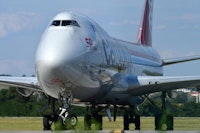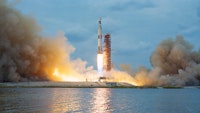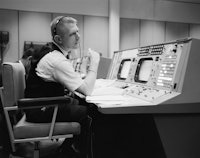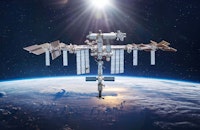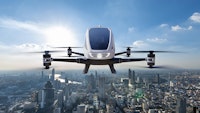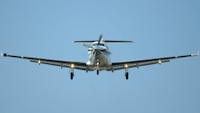Table of contents
Browse categories
Browse authors
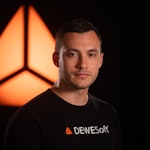 AB
ABAlberto Boffi
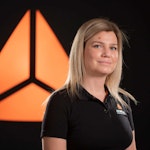 AL
ALAlessia Longo
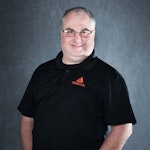 AH
AHAl Hoge
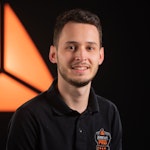 AB
ABAljaž Blažun
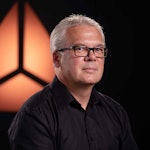 BJ
BJBernard Jerman
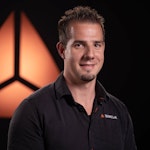 BČ
BČBojan Čontala
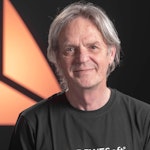 CF
CFCarsten Frederiksen
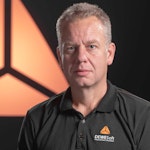 CS
CSCarsten Stjernfelt
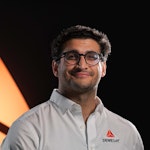 DC
DCDaniel Colmenares
 DF
DFDino Florjančič
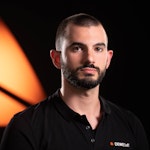 EB
EBEmanuele Burgognoni
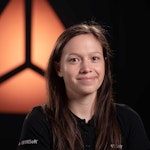 EK
EKEva Kalšek
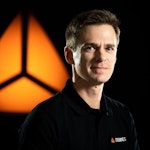 FB
FBFranck Beranger
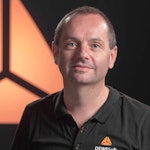 GR
GRGabriele Ribichini
Glacier Chen
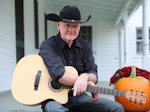 GS
GSGrant Maloy Smith
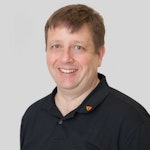 HB
HBHelmut Behmüller
 IB
IBIza Burnik
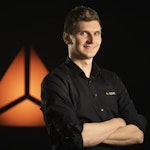 JO
JOJaka Ogorevc
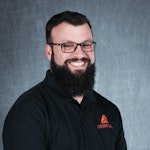 JR
JRJake Rosenthal
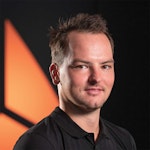 JS
JSJernej Sirk
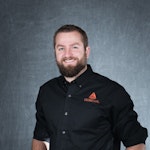 JM
JMJohn Miller
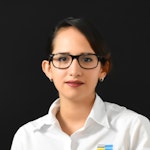 KM
KMKarla Yera Morales
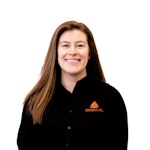 KD
KDKayla Day
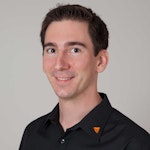 KS
KSKonrad Schweiger
Leslie Wang
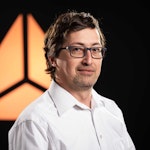 LS
LSLoïc Siret
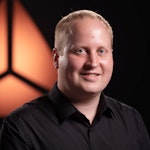 LJ
LJLuka Jerman
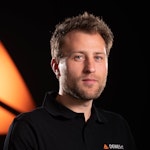 MB
MBMarco Behmer
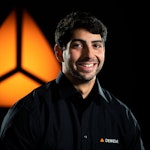 MR
MRMarco Ribichini
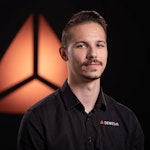 ML
MLMatic Lebar
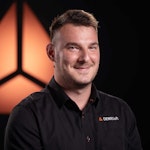 MS
MSMatjaž Strniša
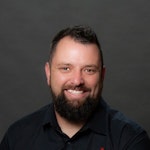 ME
MEMatthew Engquist
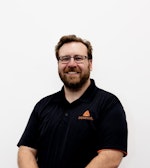 ME
MEMichael Elmerick
 NP
NPNicolas Phan
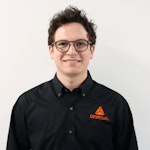 OM
OMOwen Maginity
 PF
PFPatrick Fu
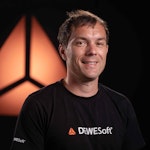 PR
PRPrimož Rome
 RM
RMRok Mesar
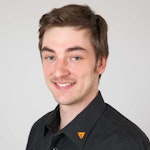 RS
RSRupert Schwarz
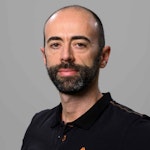 SA
SASamuele Ardizio
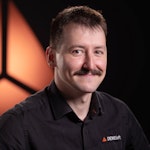 SK
SKSimon Kodrič
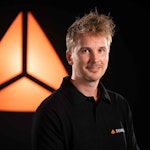 SG
SGSøren Linnet Gjelstrup
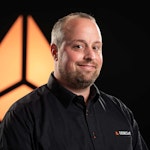 TH
THThorsten Hartleb
 TV
TVTirin Varghese
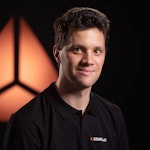 UK
UKUrban Kuhar
Valentino Pagliara
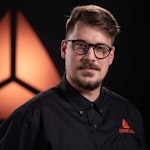 VS
VSVid Selič
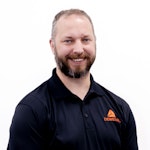 WK
WKWill Kooiker
How the Concorde Was Developed and Tested: Inside the Supersonic Airliner Program
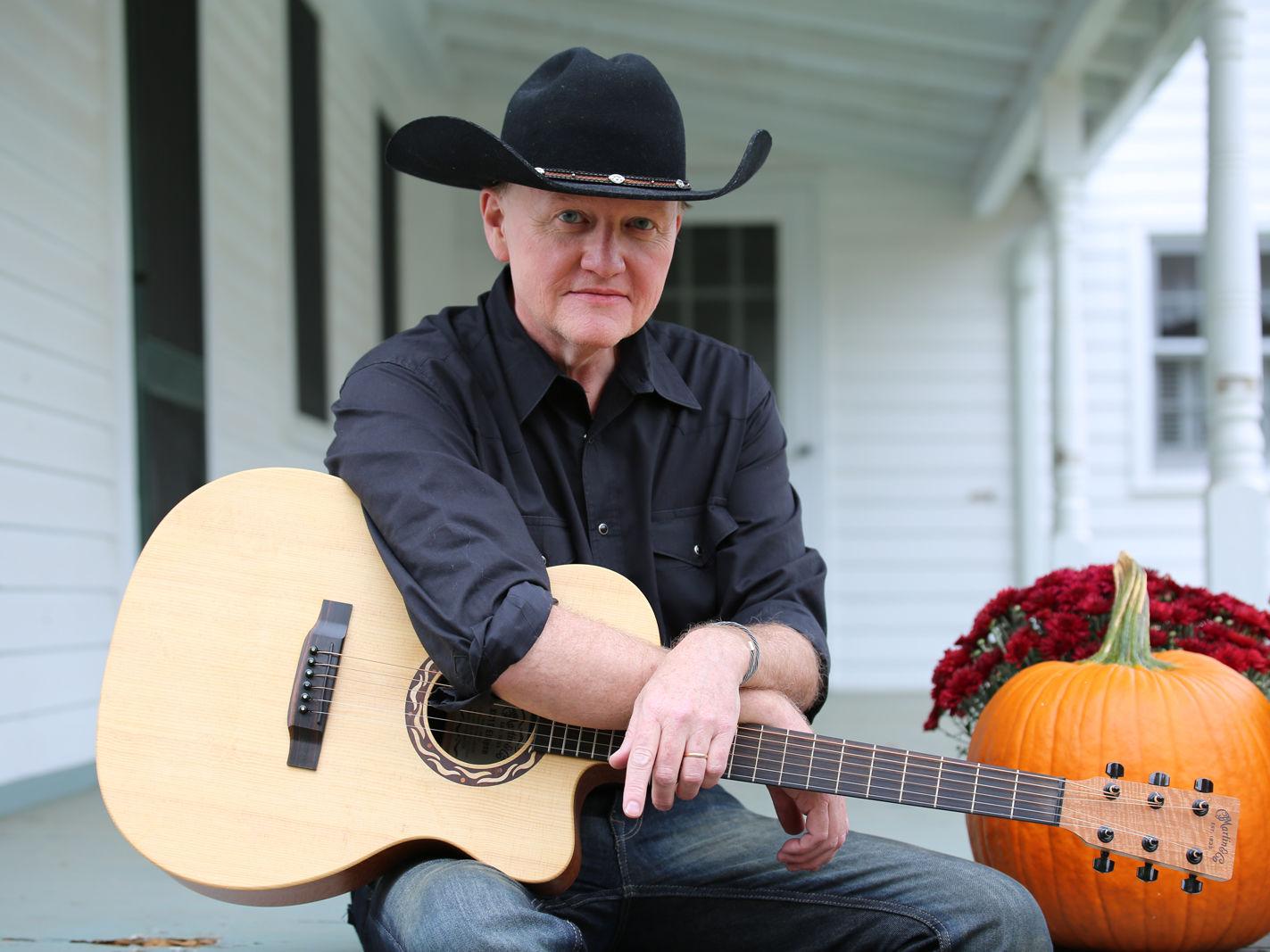
October 22, 2025
The Concorde supersonic airliner remains one of the most iconic engineering marvels of the 20th century—a shining example of what international cooperation and aerospace innovation can achieve. Developed through a landmark partnership between the United Kingdom and France, Concorde was a technological masterpiece and a commercial experiment in ultra-fast transatlantic air travel. This article explores how Concorde was developed and, especially, how and where it was tested – a critical phase that defined its legacy and operational safety.
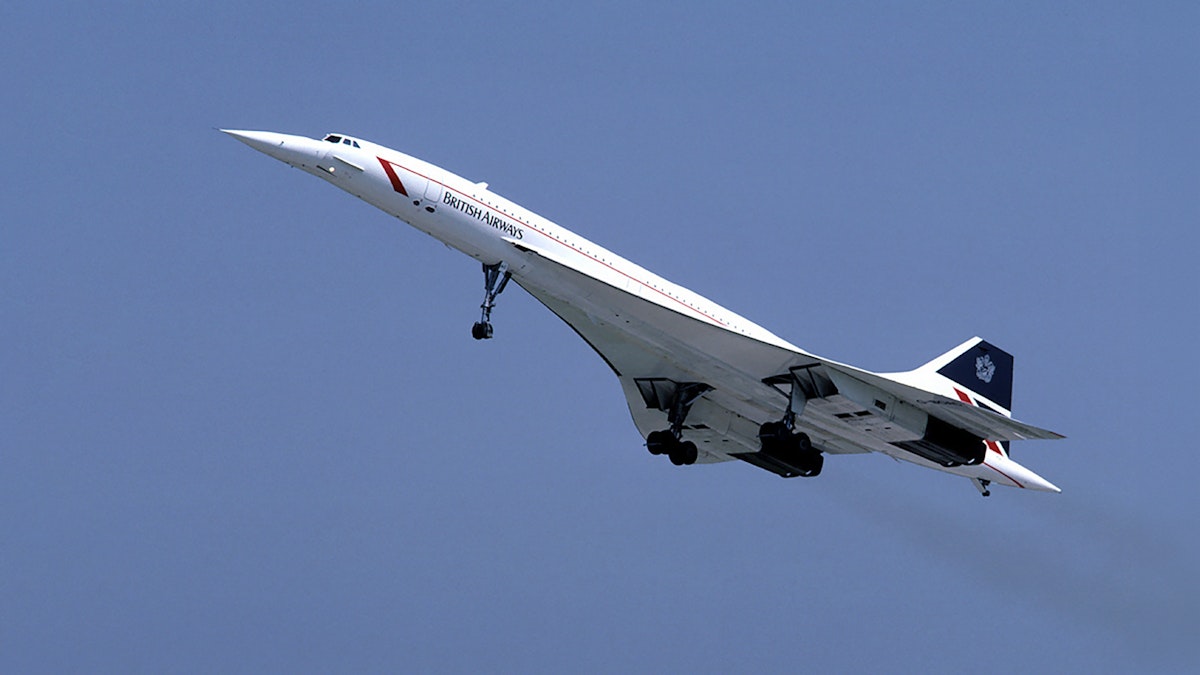
Early development: a transnational vision for supersonic travel
The origins of the Concorde date back to 1954, when aviation authorities in both the UK and France were looking beyond subsonic jetliners. British efforts were led by the Supersonic Transport Aircraft Committee (STAC), while the French were progressing through Sud Aviation’s internal research. The 1962 Anglo-French treaty formally united these parallel projects, with British Aircraft Corporation (BAC) and Sud Aviation (later Aérospatiale) sharing responsibilities for airframe design, avionics, and propulsion.
Sir Archibald Russell of BAC and Lucien Servanty of Sud Aviation led the design teams. Russell was a veteran of delta-wing design from the Bristol Britannia and Vulcan bomber programs. Servanty brought his experience from the SO.6000 Triton experimental jet and Caravelle, Europe’s first successful jet airliner. The aircraft's delta wing and slender fuselage design enabled stable flight at Mach 2.04, or over 1,350 miles per hour (2,180 kilometers per hour), while also managing the thermal stresses of supersonic speeds (Russell, 2003).
A huge undertaking
According to author Stephen Skinner, the Concorde testing and certification regimen was “a colossal challenge, taking almost seven years and flying for more than 5,000 hours – twice that of the Airbus A380.”
Concorde operated at much higher altitudes than conventional airliners, so test engineers wore flight suits and oxygen masks during testing. The test crew also had special escape hatches in case of an emergency.
Engineers equipped the Concorde test planes with thousands of pounds of signal conditioning amplifiers, instrumental tape recorders, and sensors. Limited data could be transmitted to the ground during flight via radio telemetry. These were the days before computer-based DAQ (data acquisition), so they used one-inch magnetic tape to record thousands of channels of sensor data, including acceleration, temperature, and strain. Most of the data could not be observed during the flight, but was analyzed later on the ground.
All aspects of the new airliner were tested extensively, with a special emphasis on new features including its supersonic speeds and articulated nose, which could be set at three different angles for different flight phases. The noise created by the powerful engines, especially the sonic boom created by supersonic operation, was a concern from the beginning. In addition, all typical flight envelope characteristics were tested, including stability, a modern fly-by-wire system, cabin temperature and pressure, flight controls, hydraulics, fuel management, the landing gear, brakes, de-icing, and structural integrity.
Key Concorde test pilots and test engineers
The success of Concorde’s development and testing hinged on its design and the bravery and precision of a small group of elite test pilots and engineers. These individuals translated blueprints and simulations into supersonic reality, often pushing the aircraft – and themselves – to the limits of physics and human endurance.
André Turcat (France, 1921-2016) served as the chief test pilot for the French Concorde program and is remembered as the man who flew the first Concorde prototype (001) from Toulouse on March 2, 1969. A former military pilot and veteran of France’s Mirage IV bomber program, Turcat was instrumental in evaluating Concorde’s high-speed stability and landing characteristics. After retiring from aviation, he became a member of the French National Assembly and an author on aerospace topics (Turcat, 1989).
Test pilot Jean Pinet (France, 1929-) conducted many of the most complex high-speed and high-altitude flight trials, including tests of fuel transfer systems and center-of-gravity controls. He was the first person to pilot Concorde at supersonic speeds. In October of 1969, he flew Concorde 001 over France at 1,151 km/h (715 mph), flying at 11,000 m (36,000 feet). He was also deeply involved in the aircraft’s handling evaluation. He later authored Facing the Unexpected in Flight: Human Limitations and Interaction with Technology in the Cockpit (CRC Press ISBN 9781498718714), a seminal work on pilot behavior and cockpit ergonomics (Pinet, 2015).
Lucien Servanty (France, 1909-1973), chief engineer at Sud Aviation, was instrumental in Concorde’s airframe integration and systems architecture. Servanty had already proven his expertise with the Caravelle, Europe’s first successful short-haul jetliner, and brought this experience to bear on Concorde’s pressurization, structural design, and high-altitude aerodynamics (Wood, 2002).
Test engineer Pierre Chanoine-Martiel (France, 1921-2019) was essential in refining Concorde’s flight control systems. He served as the Secretary General of the National Union of Airline Pilots (SNPL) from 1952 to 1956. His leadership extended to his presidency of the Aéroclub de France between 1992 and 1995. He focused on stability at Mach 2 and ensuring a smooth transition through transonic regimes. His work directly informed adjustments to the fly-by-wire augmentation system and lateral control responsiveness during early test flights (Gunston, 2005).
On the British side, Brian Trubshaw (UK, 1924-2001) was the first to fly the UK-built Concorde 002, taking off from Filton on April 9, 1969, and landing safely at RAF Fairford. Trubshaw’s RAF background and experience as a test pilot for the V-bomber fleet made him uniquely suited for Concorde’s flight envelope expansion. He won numerous awards and accolades for his contributions to British aviation, including the Royal Victorian Award, OBE, and CBE. He wrote a memoir entitled “Concorde: The Inside Story” (Trubshaw, 1999). In 1998, he was inducted into the International Air & Space Hall of Fame, among famous astronauts, cosmonauts, and pilots.
John Cochrane (UK, 1930-2006), a British Airways test pilot and Concorde captain, worked on operational testing, particularly in performance evaluation, descent profiles, and engine-out procedures. He played a critical role in preparing the Concorde for commercial service and helped train the first cohort of airline pilots for supersonic operation. Five weeks after the first French Concorde flight, Cochrane served as co-pilot with chief test pilot Brian Trubshaw on the first Concorde 002 flight (Winchester, 2006).
Chief designer Sir Archibald Russell (UK, 1904-1995) of the British Aircraft Corporation was responsible for Concorde’s delta wing and slender body configuration. Knighted in 1972, his aerodynamic vision shaped Concorde's handling at subsonic and supersonic speeds. Russell had also led designs on the Bristol Britannia and Avro Vulcan, both crucial steps toward the Concorde concept (Russell, 2003).
BAC Flight Test Engineer Tom Irwin (UK) worked on the Concorde program based at Fairford in the late 60s and early 70s. He provided pictures and commentary about the early test flights.
Primary testing locations and facilities
In Gloucester, England, RAF Fairford provided a long runway and low population density, essential for safe supersonic flight trials and noise testing. Toulouse served as France’s principal aerospace hub and would later become the central node of Airbus operations.
Additional sites used for specific testing phases included:
Centre d'Essais en Vol (CEV) (Flight Test Center) Brétigny, France – Instrumentation and telemetry tracking
Tangier Ibn Battuta Airport, Morocco – High-temperature takeoff and landing trials
Casablanca and Dakar, West Africa – Hot-weather testing and noise evaluations
Shannon Airport, Ireland – Emergency landing drills
BAC Weymouth, England – Acoustic testing
NASA Plum Brook (now Armstrong), USA – High-altitude chamber testing
Alaska, USA – Cold-weather testing
Bay of Biscay and North Atlantic Corridors – Supersonic overwater routes
ONERA, France – Wind tunnel testing
Royal Aircraft Establishment (RAE), Farnborough, UK – Wind tunnel testing
A rigorous testing regimen
The Concorde program's testing phase was unprecedented in scale, complexity, and international coordination. Concorde flew more than 5,000 test flights and logged more than 5,000 flight hours, half of which were at supersonic speeds.
Structural and aerodynamic testing
Initial structural testing was done on full-scale fuselage mockups at Filton and Toulouse. Engineers subjected airframes to simulated flight stresses, temperature fluctuations from 60 to +127 °C (140 to 260 °F), and repeated pressurization cycles. These tests were essential to validate Concorde's expansion and contraction properties. Due to heating, its fuselage stretched approximately 25 cm (~10 inches) during sustained Mach 2 cruise due to skin heating (Gunston, 2005).
Wind tunnel testing was conducted at ONERA in France and the Royal Aircraft Establishment (RAE) in Farnborough, UK. Both subsonic and supersonic tunnels were used to refine the aircraft’s distinctive ogival delta wing shape, engine nacelle intakes, and airflow separation characteristics at high angles of attack.
Approximately 400 people worked on the Concorde at Fairford, England. Most had backgrounds in the Royal Air Force or aviation in general. In addition to Tim Irwin, John Dickens was the flight test project controller, and flight test administrator Peter Stone ran the section dedicated to getting the certificate that would allow Concorde to enter service.
Noise, sonic boom, and environmental testing
Noise impact assessment was one of the most controversial aspects of Concorde’s testing. Concorde's afterburning jet engines produced intense takeoff noise levels, prompting extensive testing of sound propagation in and around airport environments. Environmental noise studies were conducted at London Heathrow, Paris Charles de Gaulle, and John F. Kennedy International Airport in New York.
Flying faster than the speed of sound caused an unpopular sonic boom effect. This was tested over uninhabited French and UK territories. Despite efforts to mitigate the impact through optimized altitude and trajectory planning, Concorde was banned from supersonic overland flights in the USA, a limitation that significantly constrained its commercial routes.
BAC Weymouth acoustic measurement
Dick Hale was a member of the BAC Weybridge Acoustics department from 1967 to 1987. They were charged with making noise measurements on Concorde. He recounted what happened during the ground engine tests at St. Martin, Toulouse, in March 1968:
After the preliminary engine started close to the assembly building, subsequent testing was performed at a specially built ground base situated to the side of the newly built but not yet operational ‘Concorde runway.’ The BAC Weybridge Acoustics Department was tasked with conducting the first far-field noise measurements on the installed Olympus engines.
There were six on the BAC team, all in our early twenties, our team leader being just 24. I was a newly qualified engineer, just six months out of my apprenticeship, and helped set up the equipment, calibrate it, and operate the recording amplifiers and tape deck. It was a marvellous experience for us all.
The measurements were made around a 60-meter radius centred on the port-side engines and covered an angular range from 25 to 180 degrees to the jet exhaust. These relatively close measurements were made to minimize the effects of wind/temperature gradients on noise propagation.
The weather conditions were far from ideal, with plenty of wind and rain. The ground over which the microphone cables were laid was sodden, and the damp wormed its way into much of the measuring equipment, causing numerous reliability problems. However, after three to four weeks of intermittent testing, a complete set of recordings was obtained, which included single- and multi-engine running, operation of the SNECMA spade silencers, and qualification of the fixed ground running silencers.
The recorded data were spectrally analyzed, forming a base for in-flight projections and studying the installation effects of closely coupled engines.
The aircraft was fitted with ground-running engines (not flight-qualified) at this stage. The side view photo shows that part of the fin, rudder, and rear fuselage had a lead-impregnated vinyl sheet stuck to the structure to increase damping and guard against sonic fatigue damage. The sheeting was removed before the first flight, some 11 months later.
The most embarrassing moment happened when waiting to record the first installed engine reheat run. Our French colleagues indicated on the radio that the afterburner was lit, we hit the record button, and the mains power to our test equipment dropped out. We looked out of the recording caravan window to see the mains cable flapping in the exhaust of the Olympus engine. At this high power setting, the ground covering the mains cable was eroded by the engine exhaust, exposing the cable and pulling it from the junction box. We buried it deeper next time!
The Weybridge Acoustics Department recruited many young engineers to cover the large workload created by Concorde and our other subsonic projects. Concorde greatly impacted us all…
Engine testing and thermal management
In the image above, Concorde’s engines are tested at full power before a suppressor facility, also known as a “hush house.” This structure was constructed on the airfield with two large ducts to channel the exhaust gases safely and reduce the sound level.
Another Anglo-French joint engineering effort was the Rolls-Royce/Snecma Olympus 593 turbojets that powered Concorde. Heavily modified from their military roots for commercial use, they were the only turbjet in the world with “reheat” – AKA turbochargers. Reheat boosts thrust by up to 50%, which was sometimes needed for takeoff or supersonic flight.
Ground test rigs were built at Rolls-Royce’s Derby facility, where engineers tested thrust performance, afterburner behavior, and inlet spike actuation. Under a bilateral agreement, the engines also underwent altitude testing in NASA’s Plum Brook (now called the Neil A. Armstrong Test Facility) High-Altitude Test Facility in Sandusky, Ohio, allowing engineers to simulate high-speed, high-altitude cruise conditions.
Thermal testing revealed the need for specialized materials and heat-tolerant lubricants. While lighter than titanium, the Concorde’s aluminum alloy skin dictated a maximum cruise speed of Mach 2.04 to avoid damage.
Cold climate trials in Alaska
During cold-weather trials in February 1974, Concorde 002 was subjected to the harsh weather of Alaska in North America. During testing, the ambient temperature was -45°C (-49°F) and -27°C (-17 17°F) inside the aircraft.
Photo: Frederic Beniada and Michel Fraile
Emergency stop tests
Due to Concorde’s unprecedented speeds, several emergency stopping methods were devised and tested. These included a parachute that could be deployed upon landing to slow the jet and an elastic barrier at the end of a runway. As it turned out, neither method was necessary and was never used.
Flight testing and supersonic trials
Flight testing began in earnest in 1969. The French prototype 001 took off from Toulouse on March 2, and the British prototype 002 followed on April 9 from Filton. Subsequent aircraft like Concorde 101 and 102 (pre-production models) expanded the test program. Supersonic testing often occurred over the Bay of Biscay and the North Atlantic, well away from populated areas to minimize the impact of sonic booms.
Key flight test objectives included:
Verifying droop nose operations for improved pilot visibility
Assessing air intake control and surge margin at various altitudes
Testing the center-of-gravity shift via fuel transfer systems
Evaluating control laws and hydraulic response under high dynamic pressure
One notable trial involved simulated hydraulic failure, in which test pilots had to land Concorde using backup mechanical systems alone. Another set of tests examined single-engine-out scenarios at cruise, demonstrating that the aircraft could safely descend and divert at reduced power.
Certification and entry into service
The Concorde underwent dual certification through the UK Civil Aviation Authority (CAA) and the French Directorate General for Civil Aviation (DGAC). The U.S. Federal Aviation Administration (FAA) also evaluated the aircraft, which imposed noise-related restrictions despite granting special landing approvals.
Concorde officially entered commercial service on January 21, 1976. British Airways began flights to Bahrain, and Air France flew to Rio de Janeiro. After protracted legal and public relations battles, New York and Washington, DC were approved as destination airports.
Although multiple airlines ordered Concorde, British Airways and Air France remained the principle operators of the ground-breaking airliner.
By the time testing concluded, Concorde had validated multiple novel aerospace systems, including inertial navigation, automatic engine control, and fly-by-wire augmentation, which are now commonplace in modern jetliners.
What’s next with supersonic aircraft?
French and British pilots and engineers formed a cross-national team that proved a civilian supersonic airliner could be safe, stable, and commercially viable. Their detailed reports, telemetry data, and in-flight experiences informed every aerospace program that followed. Concorde operated for 27 years, from 1976 to 2003. Concorde cut the flying time between Europe and America in half, to just under 3.5 hours. There was only one crash with fatalities in its entire history. The sonic boom that supersonic speeds created was its only real negative and was the subject of much controversy from the beginning of the program. Because of this public outcry, the planned USA supersonic Boeing 2707 was canceled in 1971 before the prototypes were completed.
However, several initiatives are underway to revive the supersonic transport (SST). NASA is funding the X-59 QueSST, a Lockheed Martin-developed prototype SST that reduces the sonic boom to a “thump” due to its unique elongated shape.
In addition, private ventures like Boom Supersonic are developing a civil SST aircraft. Flying at Mach 1.1, the XB-1 produces no audible boom that reaches the ground.
Conclusion: a supersonic legacy built on testing
Concorde's testing program was arguably one of the most extensive and expensive in civil aviation history. It underwent a global validation campaign, from hot-weather trials in Africa and the Middle East to wind tunnel simulations in Europe and engine tests in the U.S. While commercial constraints and environmental concerns eventually led to its retirement in 2003, the aircraft’s rigorous testing laid the foundation for future supersonic and hypersonic research. Concorde's legacy lives on in museums, and its influence has been on every high-speed, high-performance aircraft designed since.
For readers interested in aerospace, check out these related articles:
References
Russell, A. (2003). Concorde: The Inside Story. Haynes Publishing.
Gunston, B. (2005). The Development of Jet and Turbine Aero Engines. Haynes Publishing.
Winchester, J. (2006). The Aviation Factfile: Concorde. Grange Books.
Wood, D. (2002). Concorde: Flying Supersonic. Tempus Publishing.
Smithsonian National Air and Space Museum. (n.d.). Concorde.
FlightGlobal Archive. (1976). Concorde Certification Special Report. Reed Business Information.
Concorde SST Website - with a special thanks for Gordon Roxburgh and Dick Hale.
Photos by Frederic Beniada and Michel Fraile from a Concorde Facebook group.
Skinner, S (2023) Concorde: How the Supersonic Airliner was Tested and Certified
Image Credits
French Heroes of Concorde:
André Turcat photo by André Cros, CC BY-SA 4.0, via Wikimedia Commons
Lucien Sevanty photo by André Cros, CC BY-SA 4.0, via Wikimedia Commons
Jean Pinet photo by Guy Lebègue, CC BY-SA 3.0, via Wikimedia Commons
Pierre Chanoine Martiel photo by Hugcha, CC BY-SA 4.0, via Wikimedia Commons
